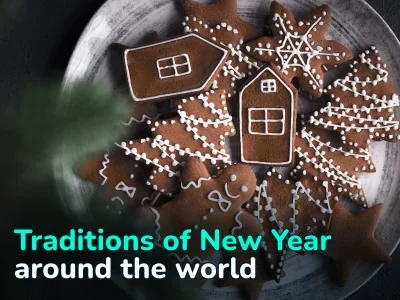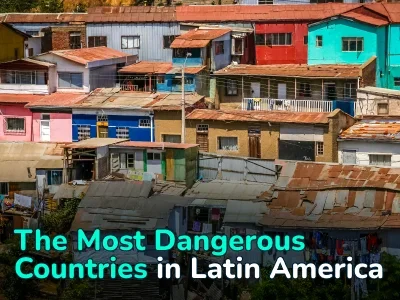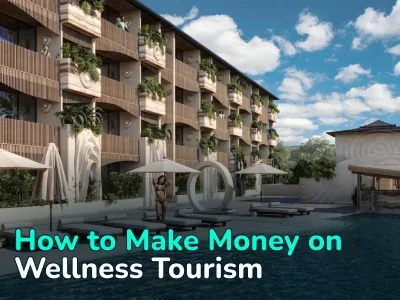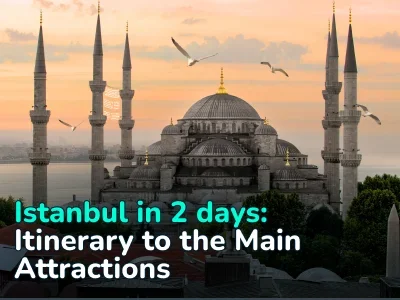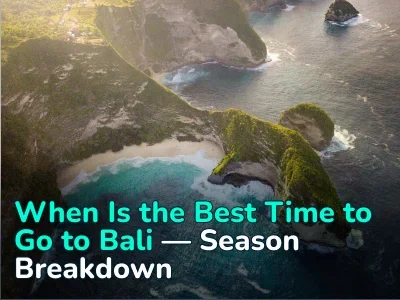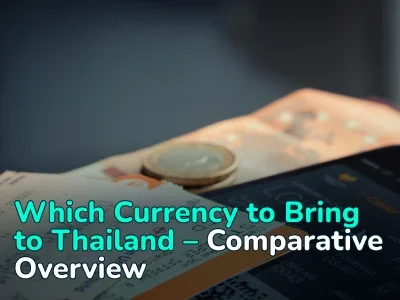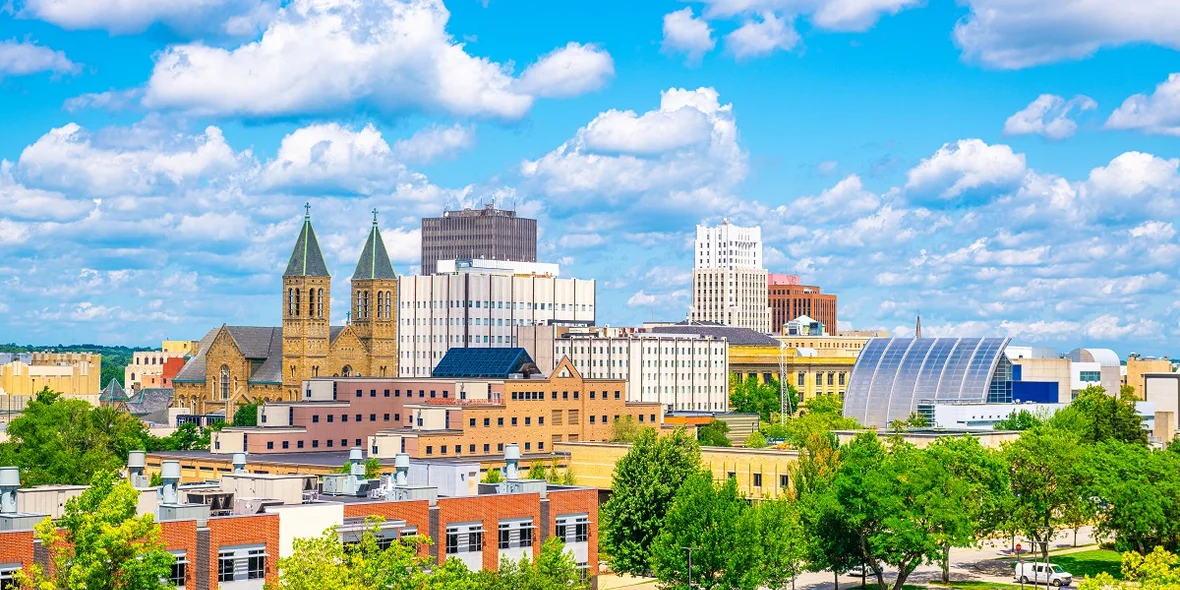
“Sometimes, people take part in the program for five years in a row.” Work and Travel USA program — all important information at first hand
How does one enroll in the Work and Travel USA program? What is the cost to participate? How are the states and jobs chosen? How is the salary paid? Our article includes all the crucial details from a person who has already taken part in the program twice.
Work and Travel Program—Basic Information
“Work and Travel” is an international cultural exchange program that allows students from all over the world to come to the United States for several months and legally work there. The benefits for students are obvious: gaining experience living and working in another country, improving English in a natural environment, meeting people from different parts of the world, etc.
Students from each particular country have their own dates and duration of stay on the program. For example, for residents of Poland, this period is 4 months (from May 25 to September 30); for students from Spain, it is 4.5 months (from May 24 to October 7); and for Belarusians, it is 2 months (from June 25 to September 1). The Summer Work and Travel 2023 season dates for all countries can be found here. Furthermore, after work, you are given an additional month to travel around the United States (if desired).
You can get into the program through intermediary organizations in your home country. They are also called sponsors. Your sponsor’s job is to help in any way possible with travel arrangements, finding jobs, housing, transportation, etc.
Most of the work in the program is seasonal in the service industry. You can see on this map how many participants in a wide variety of states and their cities are willing to hire students during the Work Travel 2023 program.
Interestingly, all program participants must read the William Wilberforce Act, which explains the rights they have in the United States.
“Don’t wait too long to apply—it’s much harder to get a visa now”
The story of participating in the Work and Travel program and learning about U.S. culture has been shared with us by Maxim.
— I learned about the Work and Travel program before university from my older brother’s stories. Therefore, I decided to participate in the program immediately after my first year. Then COVID-19 happened, and the whole program was in question, but I managed to get to the U.S. Embassy in Minsk and obtain a visa just a couple of days before its closure.
Unfortunately, again because of the coronavirus, flights became more expensive and anti-covid measures were stricter, but with some difficulty, I was able to fly to the United States.
A year ago, in 2022, I decided to participate in the program again, and it turned out to be another adventure: I flew to Armenia to get an American visa and then made my way to the United States by roundabout means in the summer.
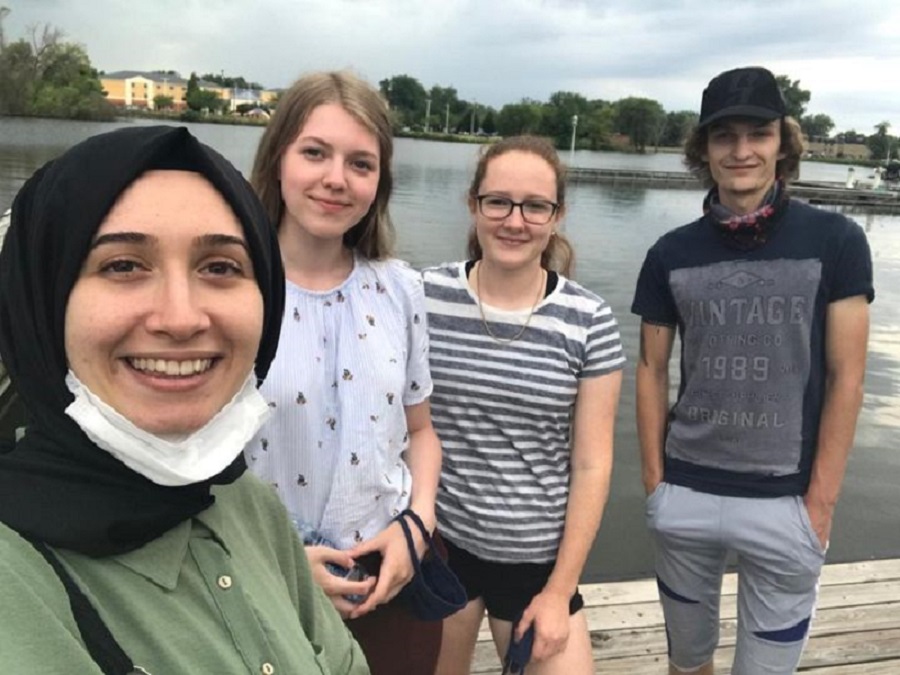
— If I’m not mistaken, applications for the Work and Travel program open each year in September-October. If you’re sure you want to go, there’s no point in procrastinating, especially now that it’s taking longer to get a visa because of restrictions. However, in 2022 I applied for the program in February and successfully flew to the U.S.
There are two ways to participate in the program: Full-Service (you are helped with looking for a job) and Self-Arranged (you look for a job yourself). The first option costs about $200 more than the second.
In the case of Full-Service, your application form with all the information is submitted to a special site where there are employers from the USA. They all see your application and can offer you a job if they want. You can also see the employers on the site and send them your applications yourself. As for the state, you specify your preferences by region when you create your application.
The main requirements of the program are to be a full-time student, to be no older than 28 years old (if we’re talking about Belarus), and to have basic knowledge of English. The documents you need are a passport and a certificate from the university.
The cost of participation in the Work and Travel program increases slightly over the course of the year. As a result, applying for the program in February is more expensive than applying in September. But on average, you will need to pay about $1500. It should be understood that the cost of the program does not include airfare and getting a visa at the U.S. embassy.
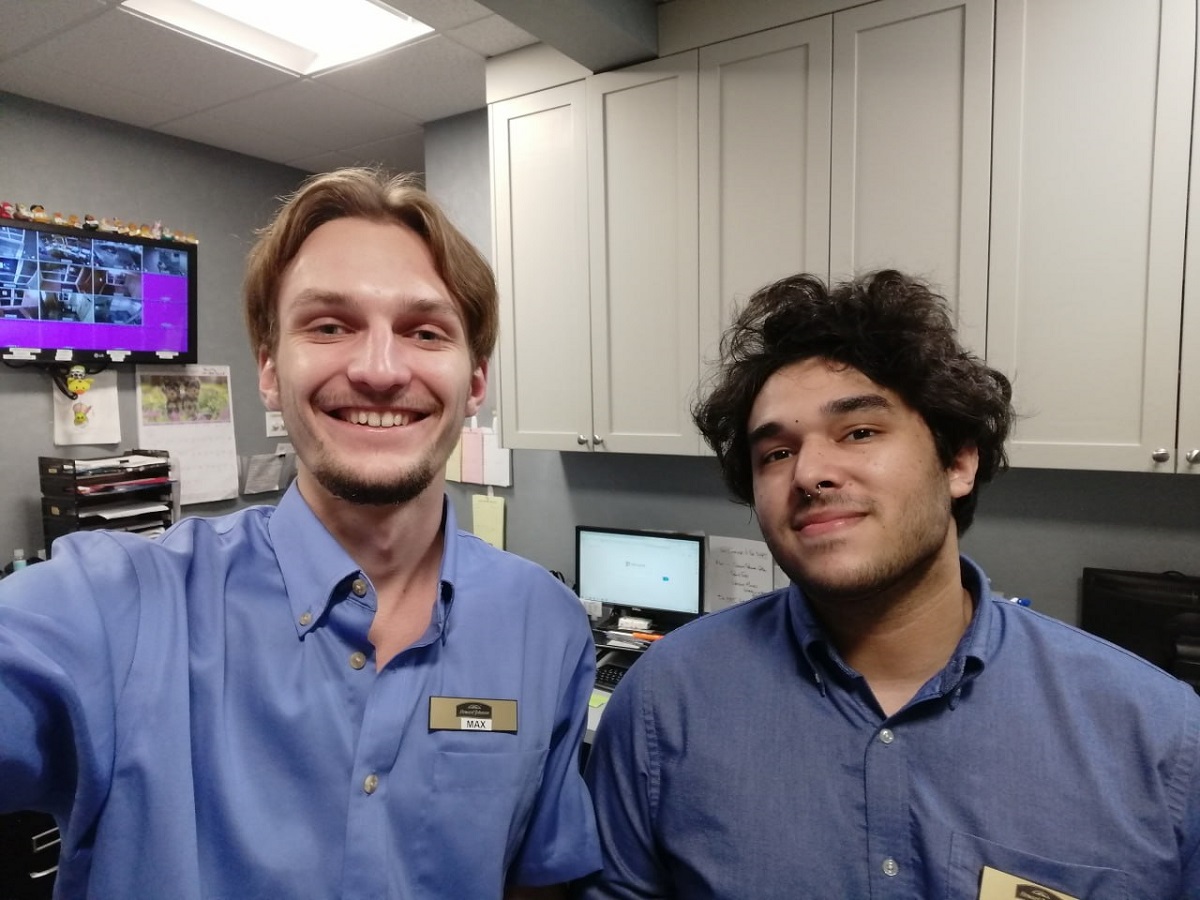
Now, I’ll tell you about the experience I had. In 2020, I worked at the famous amusement park in Ohio named Cedar Point. I was basically standing outside the ride, checking passengers and securing their seat belts.
In 2022, I was working in Rhode Island and combining two jobs, all in hotels. My main job was at the front desk at a Howard Johnson hotel chain, and my second job was serving breakfast guests at a Hilton hotel chain.
The pay varied depending on where you worked. In 2022, I was paid every week; I can’t remember about 2020. The rate itself also depends on the state and type of work. Different states have different minimum rates per hour, so the average wages are different too.
In 2020, I got $7.65 per hour, which is very low even by U.S. standards. At the same time, we worked 60 hours a week, and under U.S. law, every hour over 40 hours a week (at the same job) is considered overtime and must be paid at the 1.5 rate. But for some reason, we didn’t get paid for overtime.
In 2022, I was already getting $15.5 an hour, but I was also working a lot: an average of 90+ hours per week; there was even one week when I worked over 100 hours. The thing is, in addition to the two jobs I mentioned, sometime in the middle of the summer, the manager of my first hotel offered to help me carry linens around the hotel (this time I was already getting paid overtime).
It should be noted that the wage per hour listed on your job offer does not include taxes; accordingly, if you have specified $15 per hour, in fact you will get less.
Nevertheless, most of the taxes you paid can be refunded. Employers are required by law to send you a special W-2 form by February of next year about the taxes you paid, from which you can use special services to get your money back. However, this usually takes several months.
Participating in this program is an incredible experience that will give you a lot of pleasant memories and allow you to meet interesting people from completely different cultures. This is an opportunity to greatly improve your English and speak at a radically new level. It is also a chance to make some extra money if you manage your time and expenses wisely. I consider myself very lucky to have been to the U.S. twice and to have lived there not as a tourist, but as a local.
The country is definitely very different from my native Belarus. It has a different mentality, a different culture, and a different language. As with any country, the United States has both pluses and minuses. But overall, I have come to love this country in my own way. I liked the politeness and kindness of Americans: they do not want to spoil your mood, even if they have something wrong.
I liked that everyone respects your personal space and doesn’t violate it, whether it’s in a store, on a bus, or in a hotel. I liked the standard of living of the average American, who can afford not to worry about not having a place to sleep or nothing to eat.
I was inspired by the nature of the United States, although unfortunately I didn’t get to see much of it. It is a very diverse country with mesmerizing landscapes and many national parks.
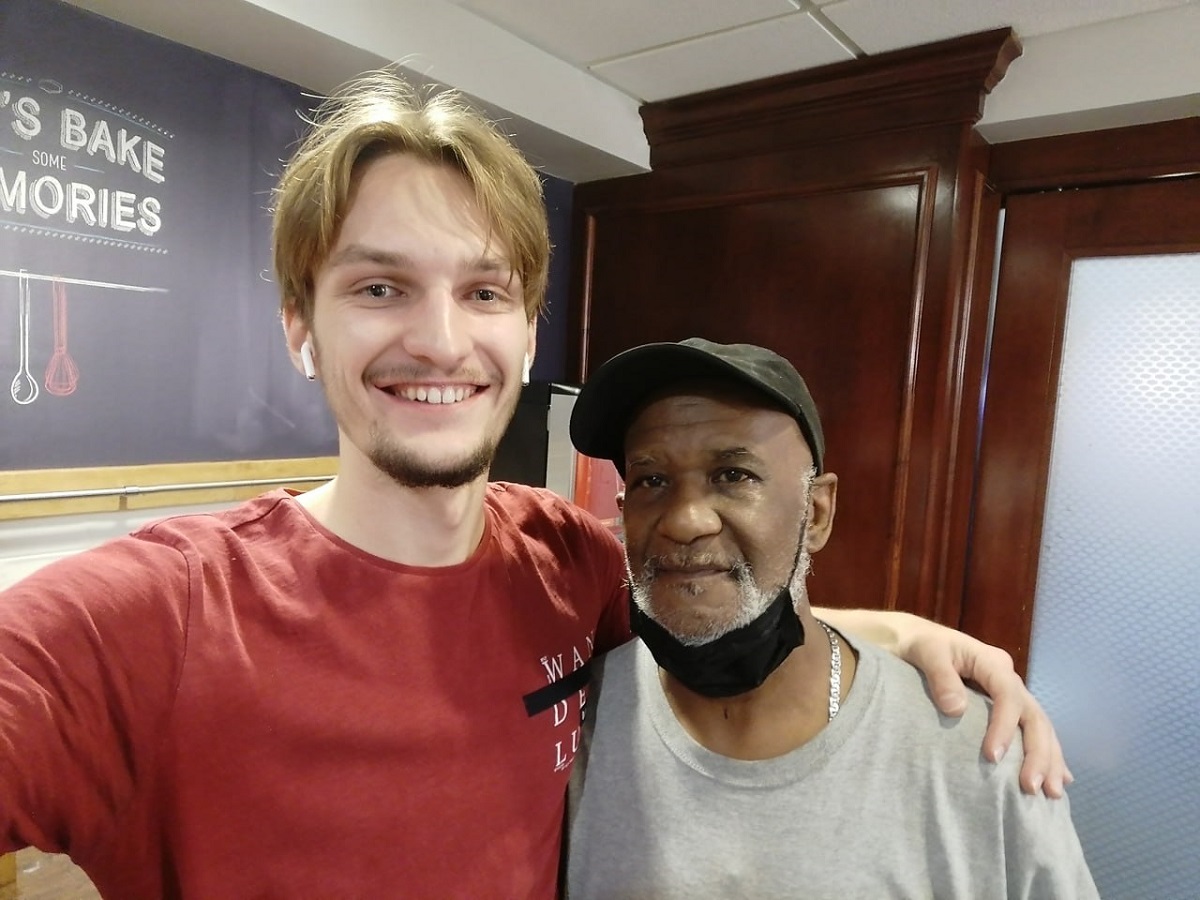
The problem for me was gastronomy and cuisine in the U.S. in general. Of course, there is a huge variety of national restaurants, from Japanese to Belarusian. But standard American cuisine, which we have all heard about, is everywhere. And it’s incredibly greasy and sweet. It gives you a direct sense of all the harm to your health.
In local stores, it was impossible or very difficult to find some products to which I’m so used in Belarus. For example, buckwheat, bread, high quality cottage cheese, and dairy products in general. There were also questions about the quality of fruits and vegetables.
Another issue in the United States is that people do not always feel safe. Especially in the dysfunctional areas of big cities, this is true. I remember walking through a social housing neighborhood in New York City at night, and I have to say, I was constantly on my guard and preparing to run.
Furthermore, I obviously have a strong love for Belarus, so even in such a brief period of time, I still managed to miss it.
Both times I spent 2.5 months in the U.S.—a total of almost 5 months. It is possible to participate in the program more than once. As a result, there have been cases where people have participated in the program five years in a row. Personally, I’m not 100% sure yet whether I will participate this year. But I am thinking about it.
Author
I am responsible for editorial work. I write expert interviews and guides.










